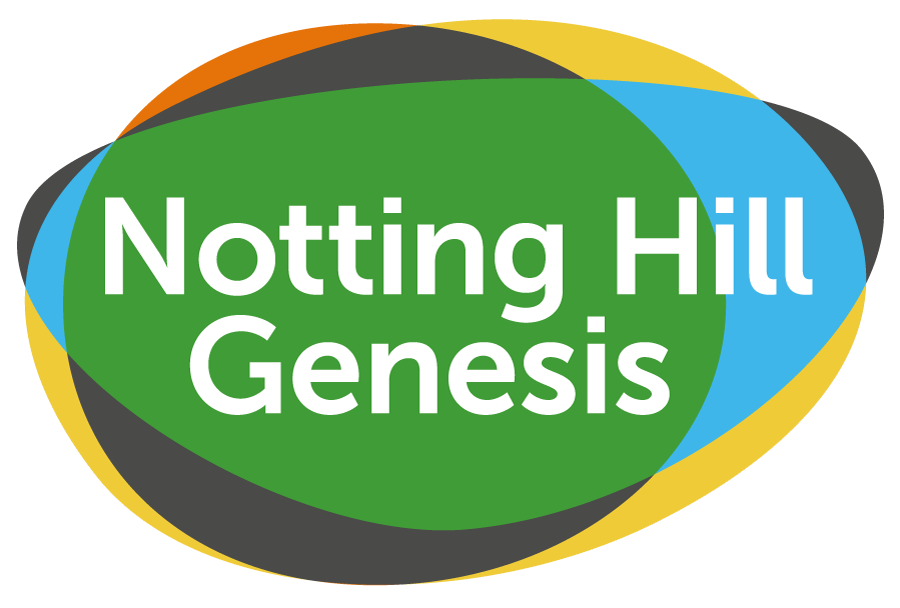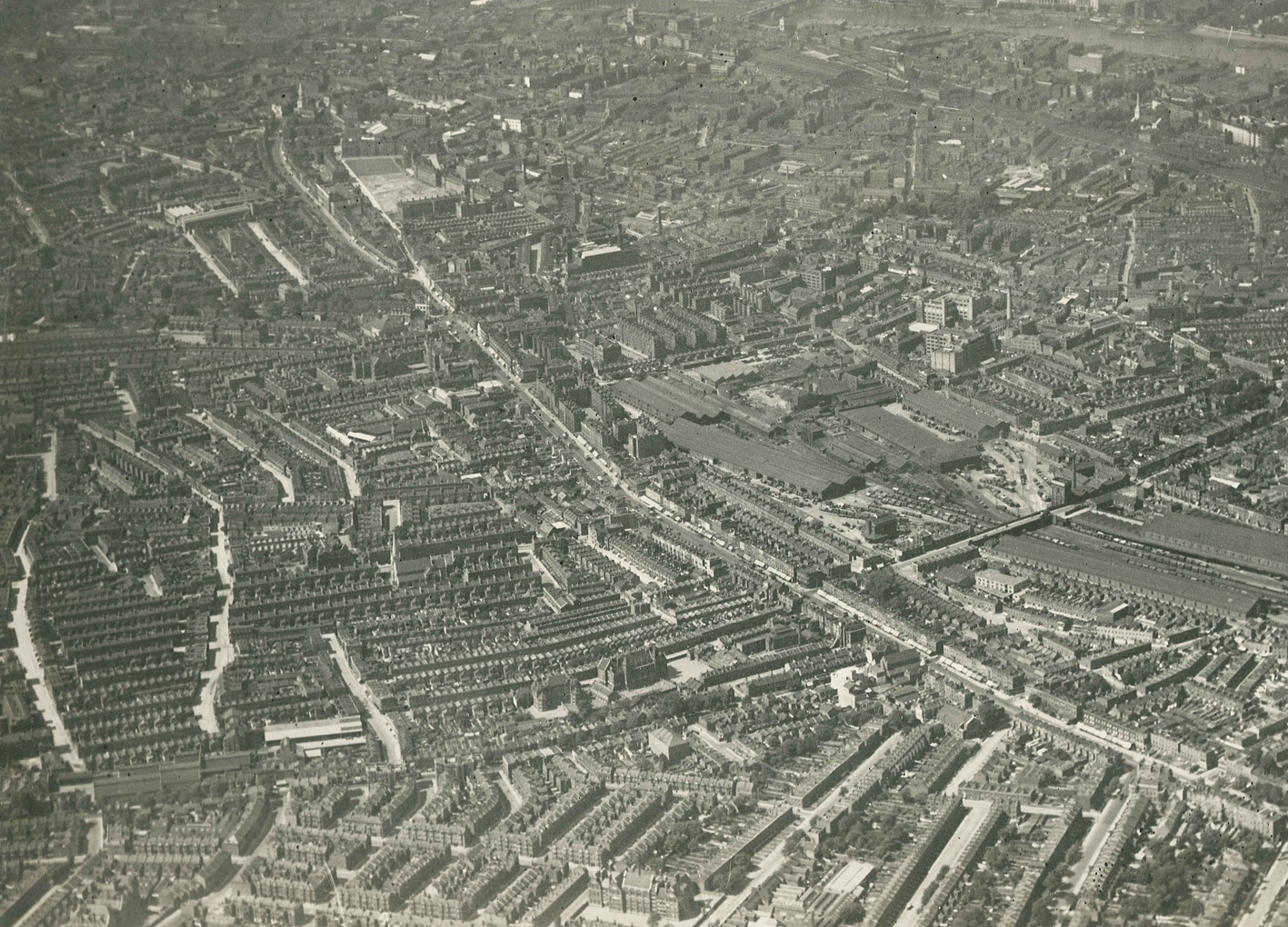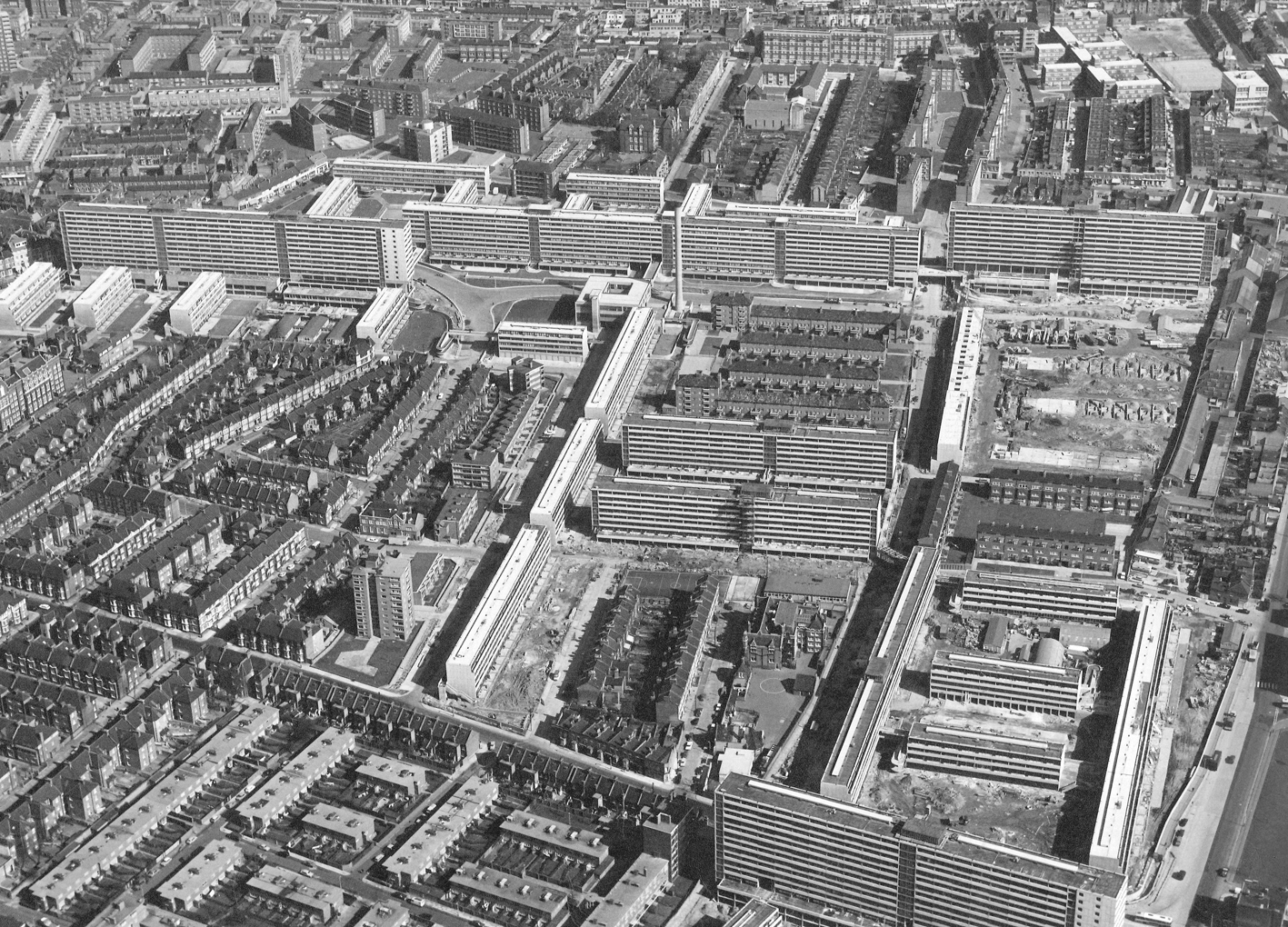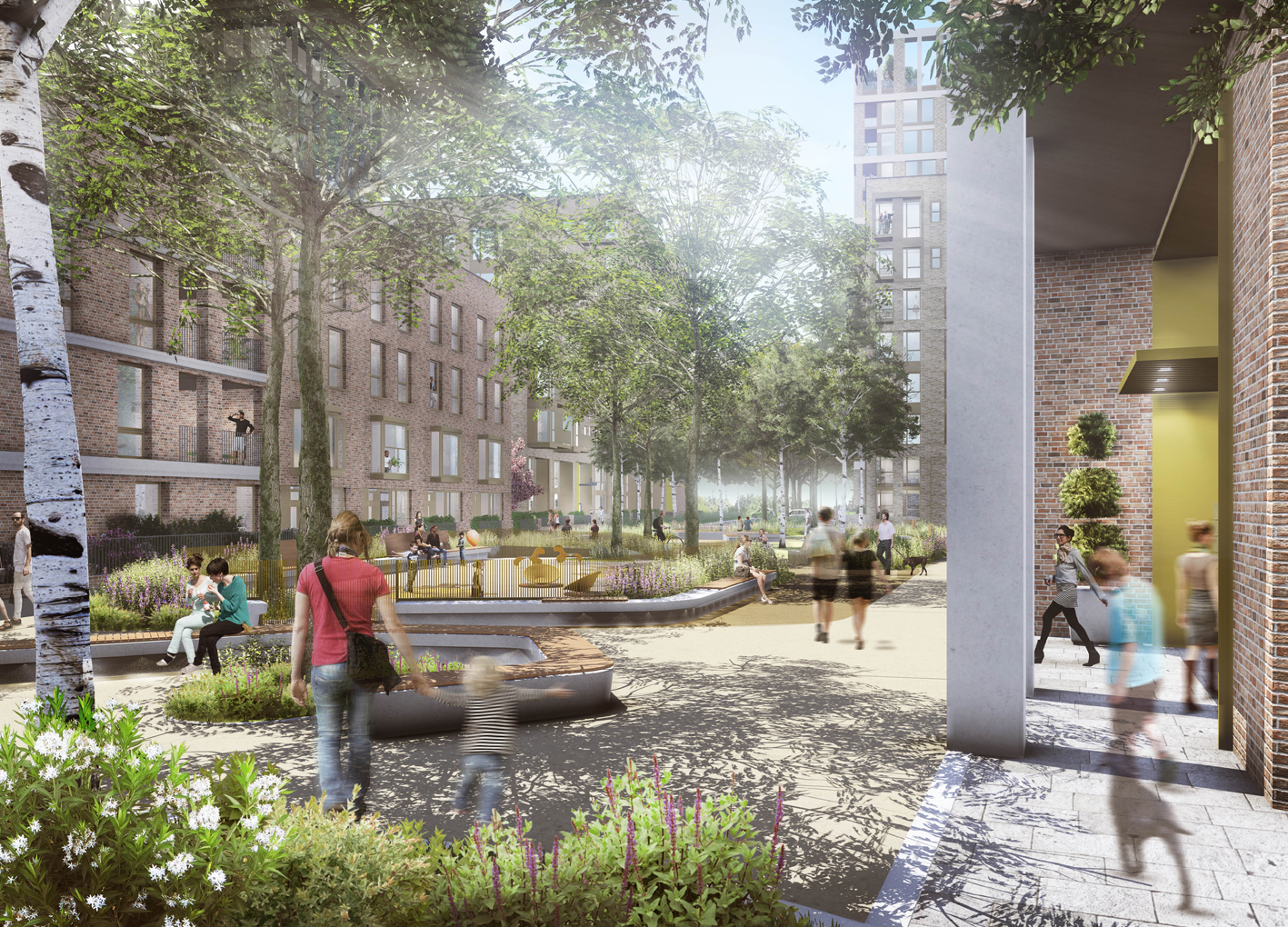Area history
(Area History)
1600
The Aylesbury regeneration area was known as Walworth Common where local Walworth Village residents were allowed to keep their animals.
1890
Factories, warehouses and railways in the city were pushing London’s population outwards and the quiet community of Walworth became overpopulated with people living in cramped conditions in the homes built on Walworth Common.
1963
Aylesbury estate construction began, with huge numbers of families needing new homes following the clearance of slum housing across this part of south London.
Designed by Hans Peter (Felix) Trenton it aimed to create “walkways in the sky” allowing residents to make their way around the estate without touching the ground, which was for cars and service vehicles.
1977
The 2,700 homes, housing nearly 10,000 people, were completed and residents were initially delighted at the large properties with ample storage space and indoor toilets, but problems soon became apparent.
1990
The estate was criticised for its “dehumanising” scale. Parts of the estate were regularly vandalised. The estate-wide district heating system was temperamental, leaving residents without heating or hot water. Problems with the lifts in the high rise blocks and anti-social behaviour problems eventually led to the removal of high-level walkways and link bridges.
1999
The New Labour government awarded the area over £56m as part of the New Deal for Communities (NDC) programme. The NDC made great strides in improving educational achievement and residents’ health, as well as in reducing the fear of crime.
2001
Residents rejected a proposal to transfer management of the estate to a specially set up housing association and Southwark Council began looking at a part-retention/part-development scheme. However, it was deemed too expensive due to the large cost to bring the blocks up to modern “Decent Homes” standards.
2005
The council decided to completely redevelop the area on a phased basis, and worked with the community to develop a planning framework called the Aylesbury Area Action Plan (AAAP) to guide the regeneration.
2010
The NDC wound down and its successor, the Creation Trust, continues to support social and economic regeneration of the estate, as well as helping residents.
2012
Residents moved into the first new homes in the regeneration area developed by London and Quadrant housing association.
2014
Notting Hill Genesis was chosen as Southwark Council’s development partner to complete the Aylesbury regeneration delivering a further 3,500 new homes to replace existing blocks.








